Test your knowledge of long term care.
1. Family caregivers provide what percentage of long term care?
a) 20%
b) 30%
c) 50%
d) More than 80%
2. In 2006, on average, one year of care for a semi-private room in a nursing home costs:
a) $28,000
b) $38,000
c) $42,000
d) $62,000
3. The government will pay for my aging parent’s health care when they become incapacitated. They will even pay me to care for my loved one.
a) True
b) False
4. Hospice is a place you send the terminally ill to die.
a) True
b) False
5. The average caregiver is:
a) Born before 1940, cares for her husband, is wealthy
b) Born before 1960, lives 6 hours away, and is highly trained at skilled nursing care include changing diapers and lifting seniors
c) Born in 1960, married, female, works full or part time, has older children at home, spends 20 or more hours a week caregiving for at least 4 years.
6. What percent of those receiving formal or informal care are residing at home?
a) Less than 10%
b) 25%
c) 50%
d) More than 85%
7. Employed caregivers miss an average of how much time per month away from work
a) 30 minutes
b) 4 hours
c) 1 day
d) 2 days
8. Once you designate a power of attorney, you cannot change your mind
a) True
b) False
9. Guardianship is the best solution for all caregivers of aging loved ones
a) True
b) False
10. Alzheimer’s disease is easily diagnosed with a simple test because the cause is clearly known.
a) True
b) False
11. The average nursing home patient is:
a) 85 or older and has Alzheimer’s
b) A stroke victim who has no family
c) A widowed man who had an accident
12. Most people aged 65 and older have long term care insurance?
a) True
b) False
13. Most older Americans discuss end-of-life wishes and have planned their estates.
a) True
b) False
14. A reverse mortgage is beneficial for all seniors.
a) True
b) False
15. Average life expectancy has increased by about ____ years to ____ years since the Social Security program was implemented in the 1930s
a) 15 to 78
b) 25 to 65
c) 20 to 85
d) 12 to 75
16. Those 65+, although they represent 12% of the total population, they account for ____% of total national healthcare expenditures, ____% of hospital stays (admissions), and nearly ____% of all days in the hospital!
17. Only cancer patients may receive hospice care.
a) True
b) False
18. The average 4-hour home healthcare visit costs:
a) $40
b) $52
c) $60
d) $76
19. What is the most requested form of help by caregivers:
a) FMLA time
b) Adult Day Care
c) Free funeral planning
d) Respite Care
e) Meals on Wheels
20. Since 1993, the Family and Medical Leave Act (FMLA), (a federal law) offers eligible workers up to ________ a year of unpaid leave for family caregiving without loss of job security or health benefits.
a) 12 weeks
b) 4 weeks
c) 2 weeks
d) 5 days
21. Injuries from falls are the 6th leading cause of death among the elderly.
How often do those aged 65+ fall each year?
a) 1 in 20
b) 1 in 10
c) 1 in 5
d) 1 in 3
answers in previous post dated September 6
Subscribe to:
Post Comments (Atom)
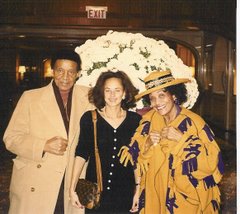
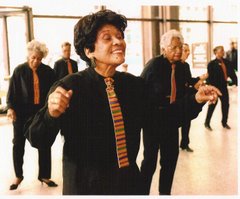
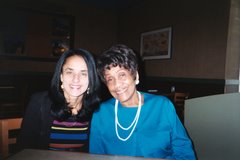
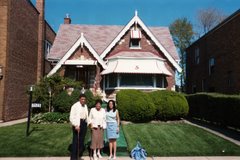
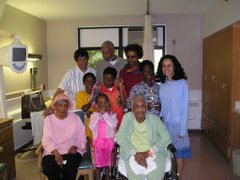
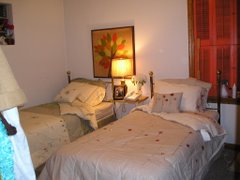
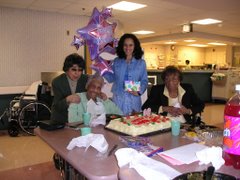
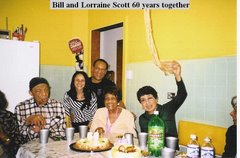
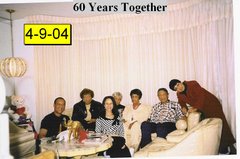
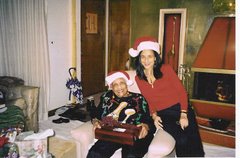
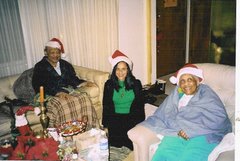
.jpg)
No comments:
Post a Comment